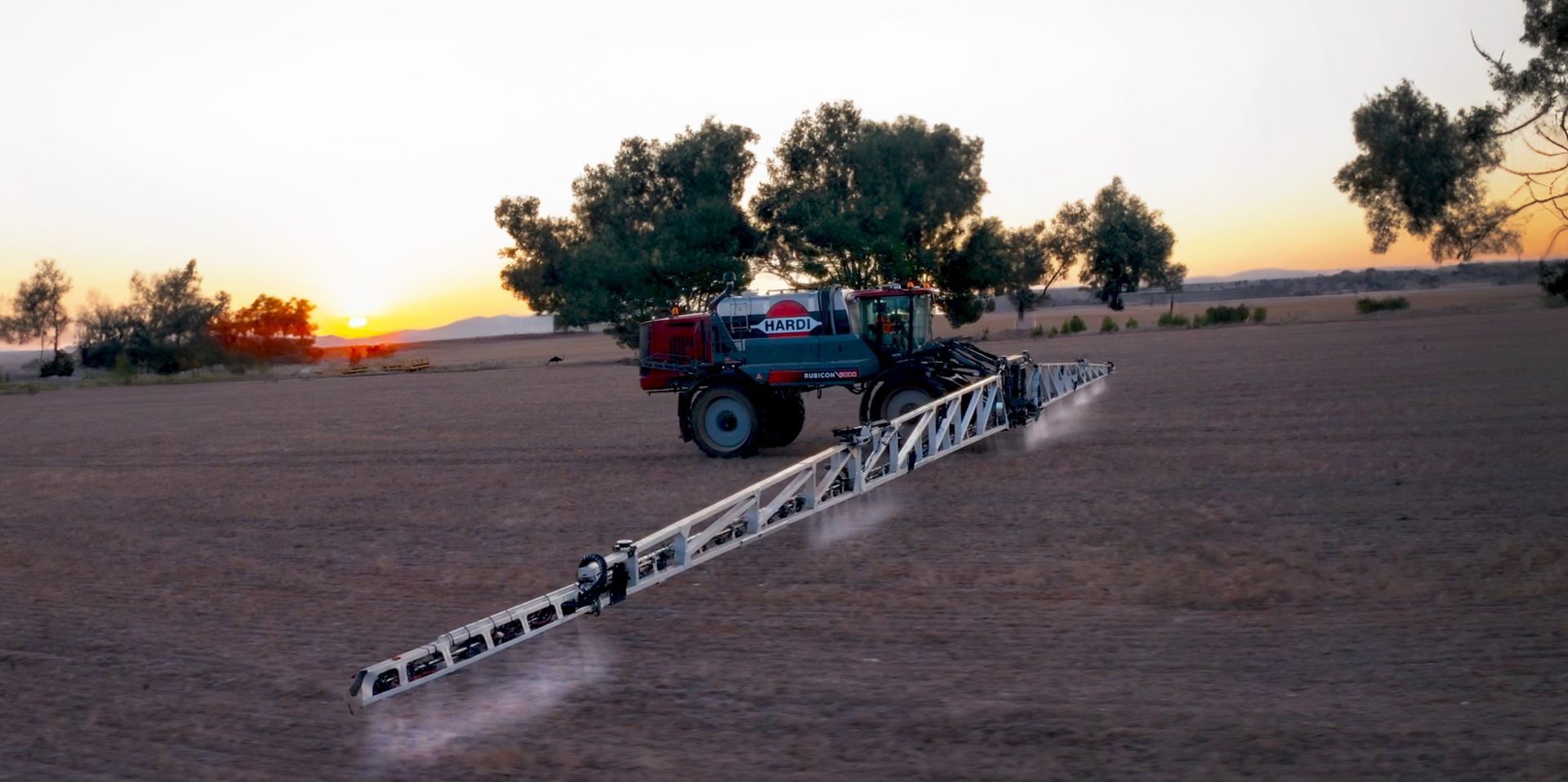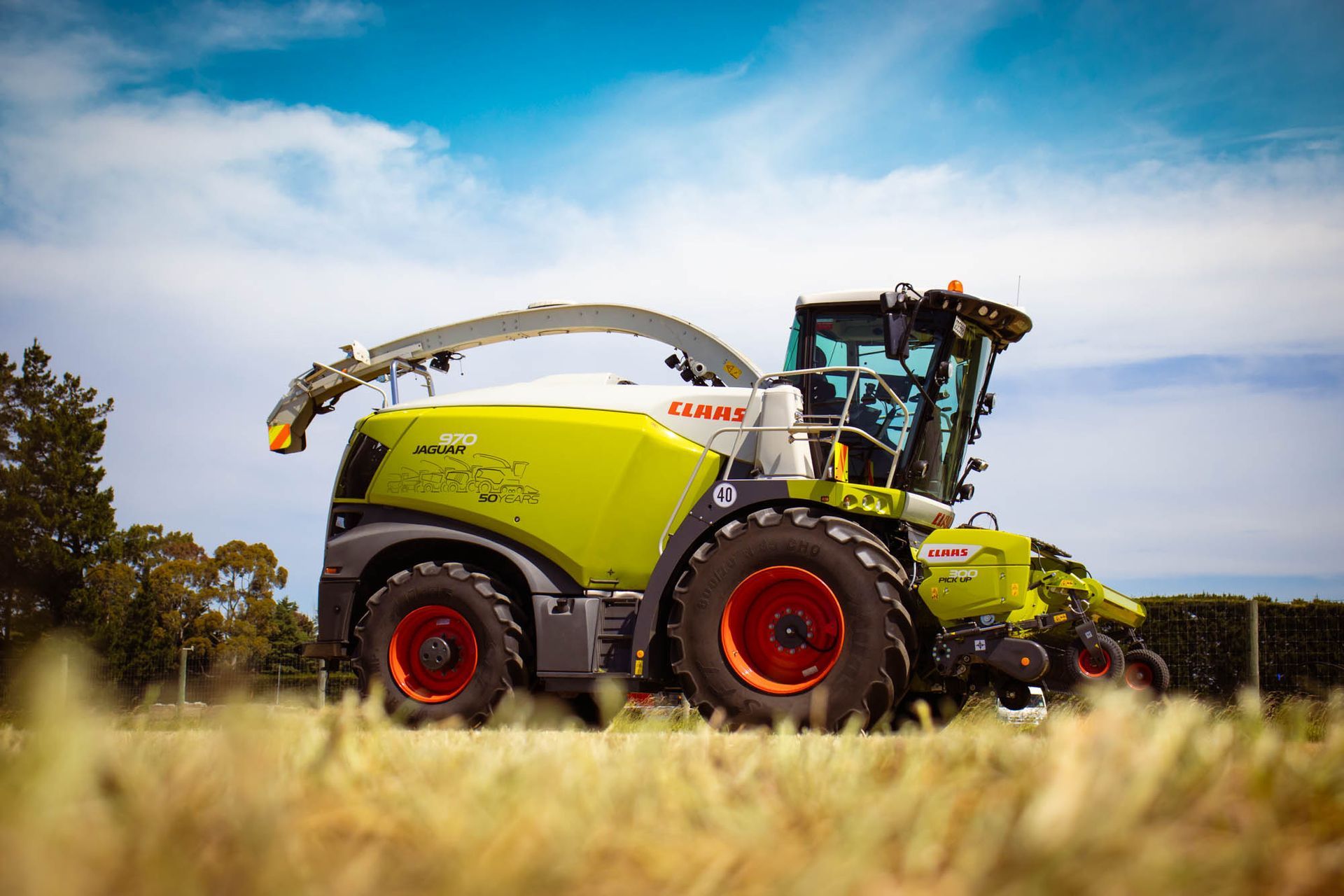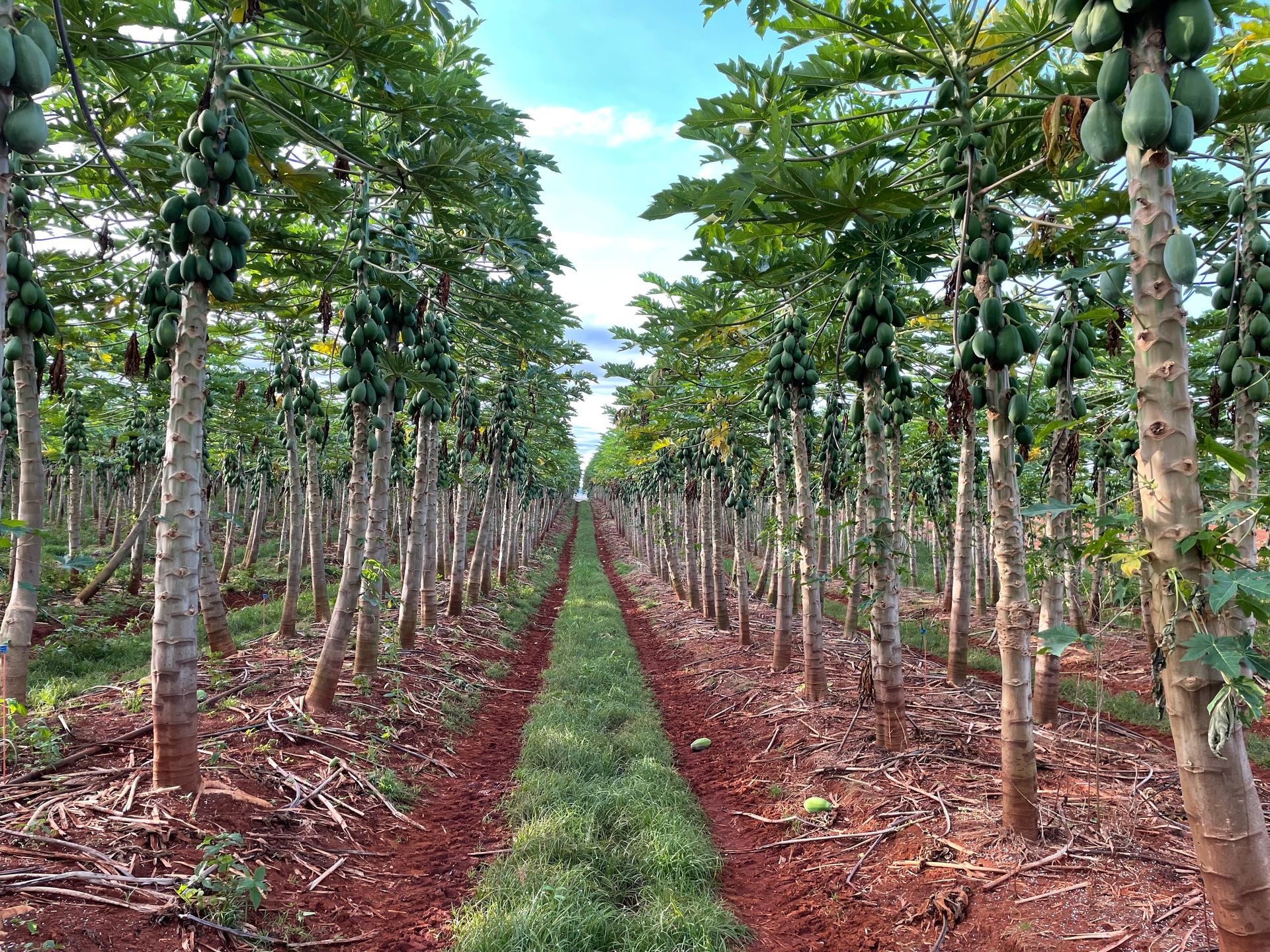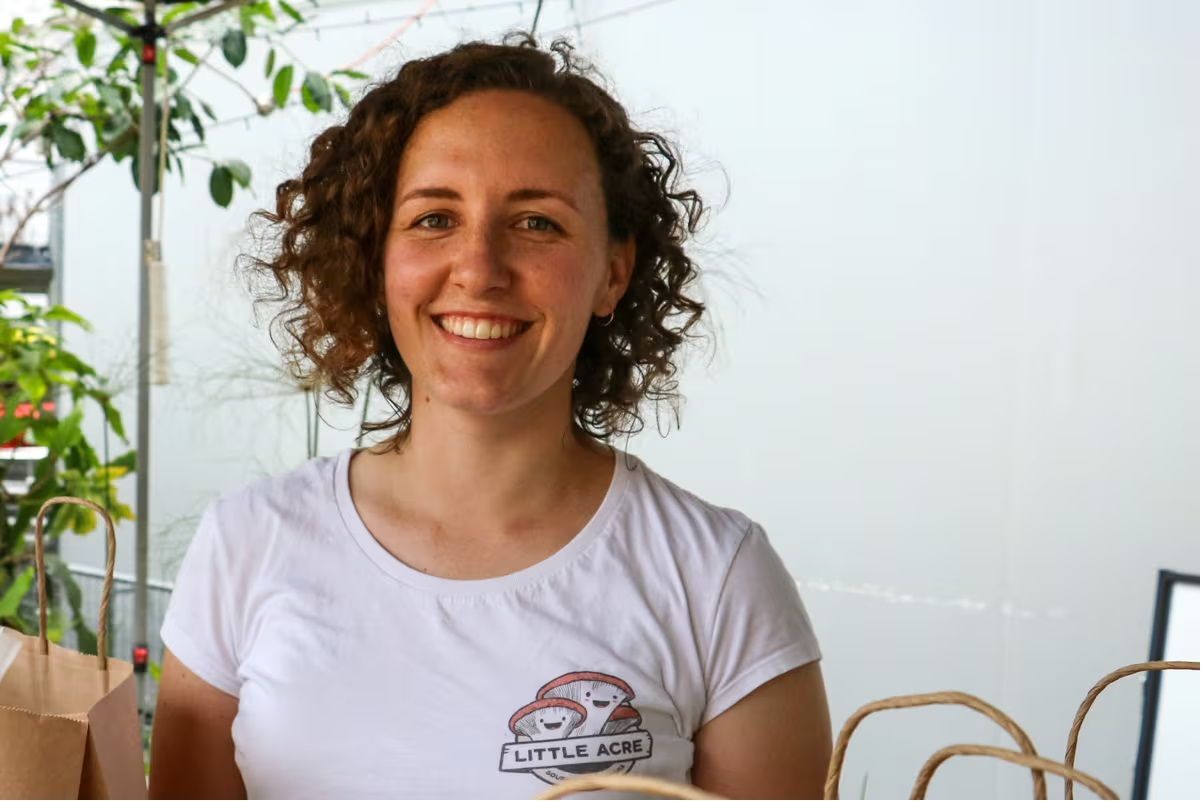Agricultural scientists deliver on innovation
Agricultural and Natural Resource Management scientists provide much of the innovation that has been essential to maintaining a profitable and progressive Australian agriculture. Our agriculture is among the most productive and efficient in the world, and is also regarded as being one of the most innovative.
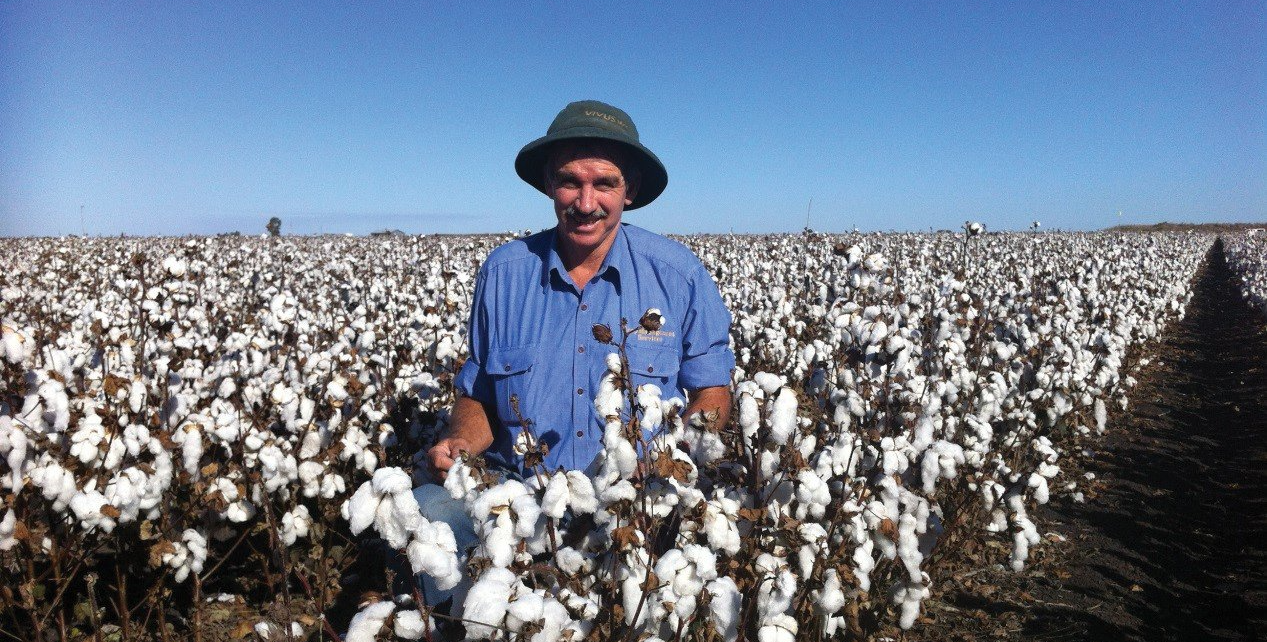
Do we deserve this title? What leads to innovation? What are our past successes and what do we need to do to foster innovation for future generations?
Science underpins much of the innovation in Australian agriculture, but the process of innovation is neither straightforward nor predictable.
Some of the innovations we have seen in the last thirty years have been transformational in nature, and some have been incremental. Both are important. Transformational innovations, such as the technologies that the modern cotton industry has embraced and the changes in dryland cropping with zero or reduced tillage and controlled traffic, have been amazing for those of us who have worked closely with these industries.
But so have been other innovations such as the breeding of pest- and disease-resistant varieties, the development of new and improved pesticides which are environmentally benign, the solving of productivity problems associated with soil fertility,
improvements in livestock fertility and nutrition – the list goes on. These innovations are incremental in nature but all are nonetheless very important in improving productivity in agriculture.
Most of these innovations have come from scientists, although scientists have not accomplished all of this alone. Most of their good ideas have been nurtured by agribusiness and developed and adopted by progressive farmers.
Productivity gains depend on innovation
While productivity gains in certain agricultural production systems have been substantial (more than 1.5 per cent yearly), other sectors have had more modest growth.
In the past three decades, for example, the cotton industry gains in productivity have exceeded 1.5 per cent yearly – the best gains in the world. But the gains in grains and sugar have been less than 1 per cent yearly.
Variation exists even within the grains industry itself: in summer cropping regions for example, gains have been more substantial, although this is difficult to measure given the large seasonal variations experienced. Grain sorghum advances in productivity have exceeded 1.5 per cent yearly, but for wheat, for example, yearly gains have been less than 1 per cent.
In the sugar and animal production industries, advances in the efficiency of water use and labour have been substantial, even if productivity gains have been less than 1 per cent yearly. These gains in productivity and efficiency are directly related to innovation.
The role of science
In many cases, transformational technologies have been created in the public sector (often at Universities and organisations like CSIRO and state departments of agriculture), developed and commercialised by the private sector and then subsequently embraced by farmers.
Significant examples include the use of genetically modified (GM) crop varieties, the development of Global Positioning System (GPS) technologies and the widespread adoption of zero till, controlled traffic farming (CTF) systems. The livestock industries have their own advances, including those in genetics such as estimated breeding values and meat quality (including innovations made through Meat Standards Australia).
Highlighting the roles played by scientists, agribusiness and farmers, there are two prominent examples of innovation at work.
Modern Australian GM cotton varieties have delivered an 89 per cent reduction in use of pesticides (comparing five year averages for the periods between 2008-2013 and 1998-2003) and a 40 per cent increase in water use efficiency (1.1 bales/ML in 2000-2001 to 1.9 bales/ML in 2009-2010).
The origins of this transformational technology are found in the discovery of the structure of DNA. This discovery has been attributed to the scientists Watson and Crick, who first published their work in an issue of Nature in 1953. This was seen at first as ‘blue sky’ research – that is, research without a clear, real-world application. Later, in the early 1970s, the first genetic transformations were made, again with university research, and in 1986 the first field trials of genetically engineered plants were conducted in France and the USA.
Monsanto (which did not discover the genes for insect resistance and herbicide resistance but licenced the technology) worked in Australia with the CSIRO scientists in the cotton-breeding program and with Cotton Seed Distributors (CSD), who produced the seed for farmers to plant. The CSIRO cotton-breeding program provided the high yielding, regionally adapted, disease-resistant varieties with high-quality fibre attributes into which the insect-resistant genes were introduced. Local Australian research and extension provided the essential knowledge to deliver Integrated Pest Management to the industry, as well as insect and weed resistance management strategies. Crop consultants provided the necessary farm advice to enable rapid farm uptake.
The first cotton variety containing Bt (a bacteria harmful to insects) was Ingard cotton – containing the Cry1Ac gene – released in Australia in 1996. We now have commercial cotton varieties with two Bt genes (Cry1Ac and Cry2Ab) and two varieties for glyphosate resistance (RoundUp Ready Flex). Varieties with a third gene for insect resistance (Vip3A) were commercially trialled in the 2015-2016 summer.
This example of a transformational innovation highlights the roles of universities and CSIRO in agricultural ‘blue sky’ research; agribusiness (Monsanto and CSD) in the commercialisation of technology; local publicly funded research and extension efforts in the delivery of field technology to its end users; and private consultants in enabling farmers to make full use of the technology. The collaboration of all the necessary parties in the innovation process was essential.
The second example is the transformational innovation of minimum tillage and controlled traffic farming in Australia.
Machinery guidance based on GPS technology has its origins in the military use of the technology. The United States government created the system, maintains it and makes it freely accessible to anyone with a GPS receiver. The use of GPS technology specifically in tractor guidance had its origins in various US and Australian universities. This was then taken up by machinery manufacturers, who now market their machinery with advanced GPS technologies.
Problem-solving science
Transformational science is not the science of everyday agriculture. Most of the time, agricultural scientists take incremental steps in solving problems and improving agricultural productivity. Even this approach takes years of training, long-term development of skills, careful design and implementation of experiments and skilful analysis and interpretation of data – in some cases, large amounts of data.
Every day, agricultural scientists are working on problems such as creating disease- and insect-resistant varieties, understanding soils and how to maintain and improve soil fertility, improving irrigation techniques, improving crop establishment, enhancing livestock reproductive capacity, improving animal nutrition, building systems for better food quality and so on.
Even though sometimes these incremental innovations do not get the recognition some of the transformational technologies do, they are every bit as important. These ‘smaller’ innovations provide bases upon which to build the pillars of progress. Transformational science makes the big steps, but agricultural scientists everywhere make their contribution through their own work, no matter the scope.
So, what have we learned about innovation?
Clearly, serendipity plays a role in innovation. Having said that, we also need scientists working and focused on the pressing problems in agriculture. Most often these scientists have been publicly funded, but not always. But almost invariably, they have received training at university or another public institution.
Then we need the ideas developed by ag scientists to be tested and developed. Again the public sector plays a role, but increasingly so, close engagement with agribusiness and farmers or other end-users of the innovation has become necessary to ensure practical application.
Private companies and independent consultants play a key role in commercialisation. In the examples of transformational innovations above, without farm corporations and the seed and chemical companies the innovations would have most likely not succeeded. These companies thrive on a business proposition that generates wealth.
The other thing we have learned is that this is not a quick process, nor is it entirely predictable. If we knew the outcome before the work was undertaken, it would in no way be innovative!
For this reason, our science processes must enable long-term commitment to an area of science without rigidly managed work. Innovation needs space for creativity! Investment in science requires acceptance of the risk that not all work will have a favourable outcome; sometimes even an ‘unfavourable’ outcome adds to the body of knowledge.
We also must have a mix of exploratory (‘blue sky’) and incremental science with science processes that encourage collaboration.
For successful innovation in agriculture to flourish in the future, we need strong leadership and commitment by farmers and farm leaders to participate in research in an active extension of the developmental processes that are started by publicly funded professionals working together with private consultants. Close collaboration is the key.
A final example
When considering the subject I think immediately of a friend of mine who welcomed researchers onto his property for field trials on insect pest management.
By participating in the scientists’ research on a daily basis, the friend learned about insect ecology and the nuclear polyhedrosis virus (NPV) that played a role in the method of naturally controlling insect pests in his fields that the researchers were exploring. He learned about how the virus propagated itself in the insect pests and then used his new knowledge to devise a way to mass-produce the NPV insecticide.
The company he established now has international markets success as a natural insecticide that is highly effective in a number of crops and has extraordinarily benign impacts on the environment. He emphasises the importance of collaboration, highlighting in his company’s brochures the idea of farmers and agricultural scientists working closely together.
The future of agricultural innovation relies on agricultural scientists actively working in their field and working closely with farmers in actual fields.
Farmers who demonstrate leadership and support of RD&E and actively engage with scientists are most likely to be able to capitalise on innovation.
Agribusiness has a key role in commercialisation and farm advisors accelerate the rate of adoption of new technology.
This is how we should build our future.
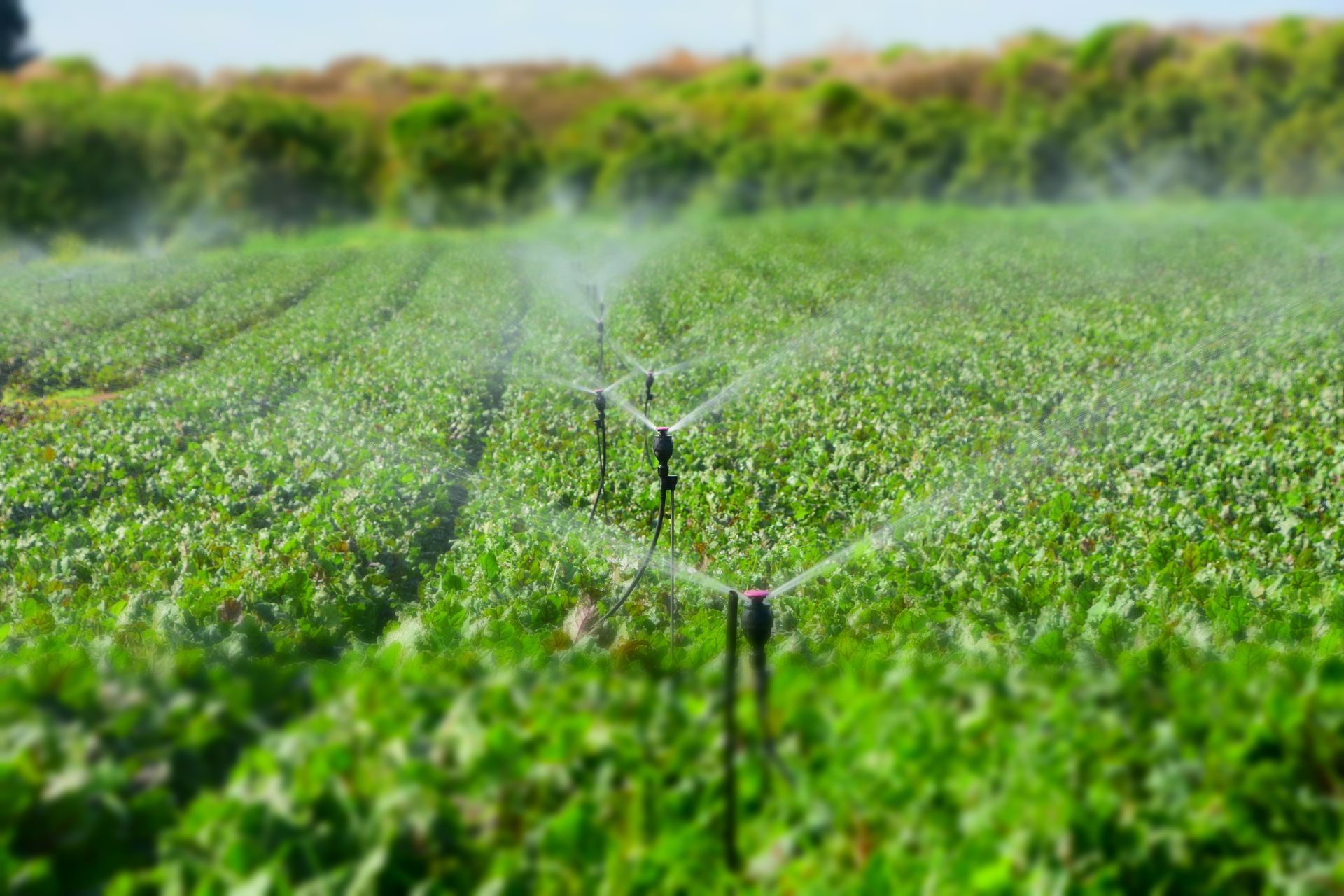
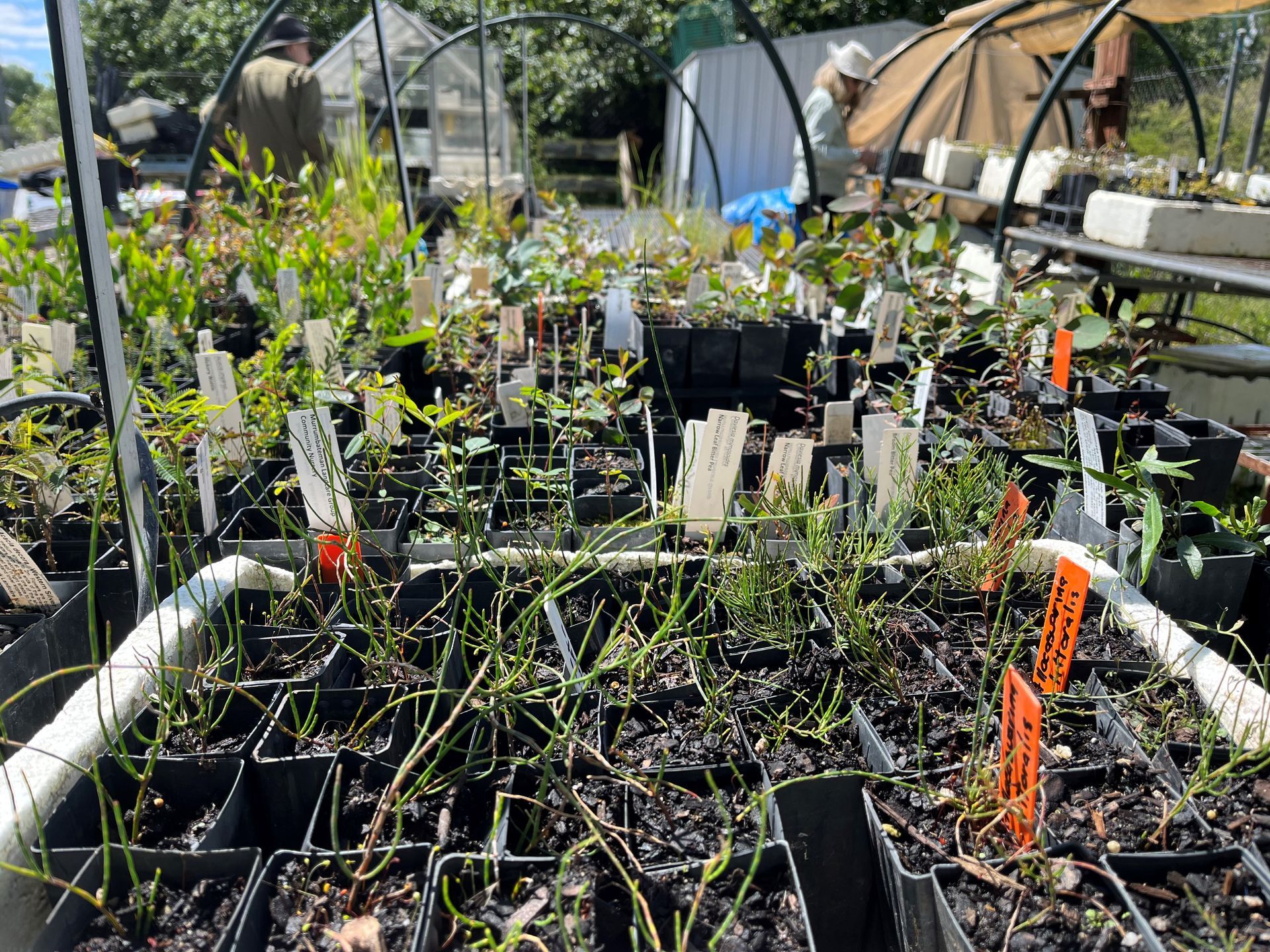
A selection of The Australian Farmer Sponsors - Click on a banner below to find out more...

